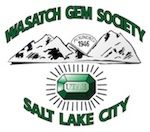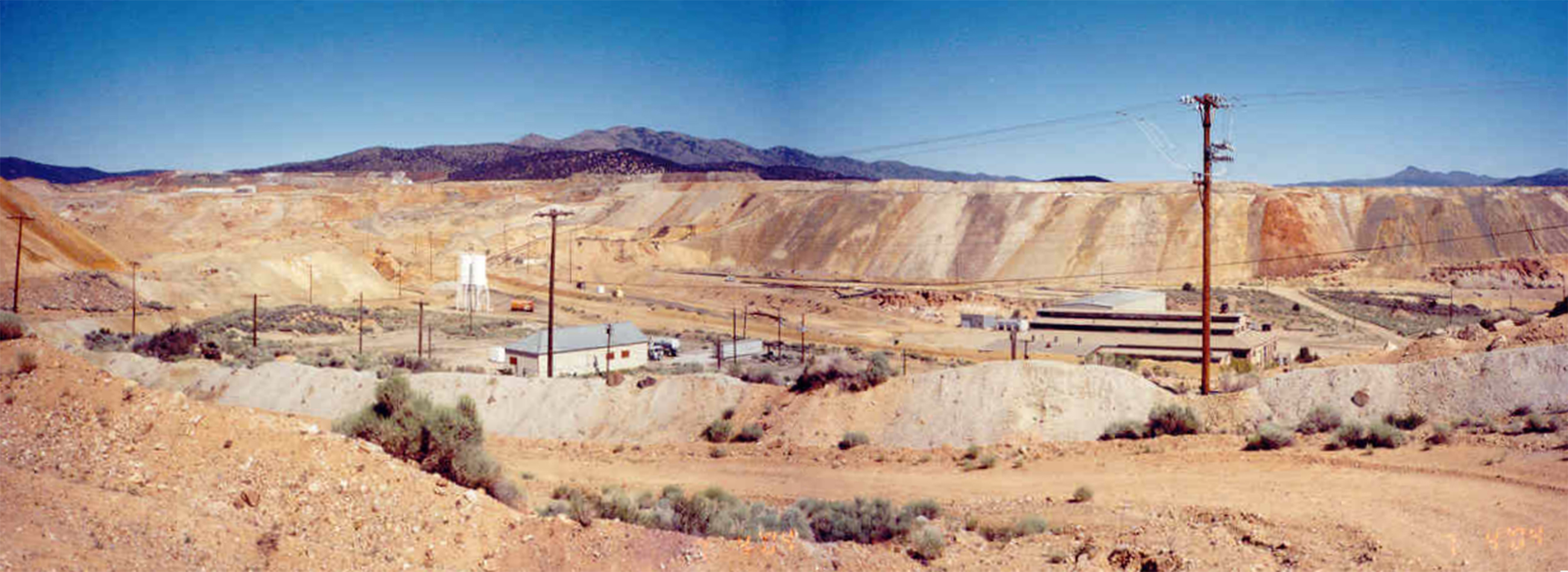Cedar City ~ Scientists have discovered rare fossilized handprints of a meat-eating dinosaur that 198 million years ago roamed the shores of a prehistoric lake in today's southwestern Utah.
As the dinosaur sat along the ancient shoreline, it pressed its hands on the muddy shoreline. Left for humans to discover is a pair that is one of the most pristine prints in the world, giving scientists a clearer understanding of how the meat-eater used its hands.
That's not all. The dinosaur also left an impression of its buttocks where it sat in the primordial ooze.
The impressions are not newly discovered. They were found in 2004 while the Dinosaur Track Site at Johnson Farm museum was being built in St. George.
But, after years of study, museum paleontologist Andrew Milner and two colleagues this week published - in the online journal PLOSONE (www.plosone.org) - what they learned about the rare handprints. The article was scheduled to appear today. "It is the only one [impression] of six in the world of a meat-eating dinosaur [sitting] to take a break, leaving clear impressions of its hands," said Milner.
Milner said the creature was a theropod, any of a number of bipedal meat-eating dinosaurs that also had arms and hands with clawed fingers used for snagging food.
The fossilized prints indicate the dinosaur could not turn the palms of its hands face down or face up like a human, but could bend them back against the arm similar to how a bird folds its wing.
Jerry Harris, who coauthored the paper, said being able to fold the hands against the arms evolved before feathery wings - and at a time earlier than the period normally associated with theropods.
Martin Lockley, another coauthor and director of Dinosaur Tracks Museum at the University of Colorado (Denver), said there have been other reports of theropod handprints, but they were indistinguishable blobs or made with palms facing down.
"These clearly cannot have been made by theropods that had restricted arm mobility, and must have been made by other kinds of animals - maybe more-primitive dinosaurs," said Lockley. "This discovery helps us rewrite this piece of our understanding of dinosaur evolution."
Milner said that replicas of the prints can be seen at the museum in St. George, and a boardwalk for visitors to view the actual prints is in the works.
Harris said the prints help solidify the reputation of the museum as one of the premier dinosaur track sites in the world.
"And it's within the city limits," said Harris. "Most people think you have to drive seven hours in the blazing sun and hike four hours to get to a site, but not here."
Salt Lake Tribune Article
March 4, 2009
Author: Mark Havnes




